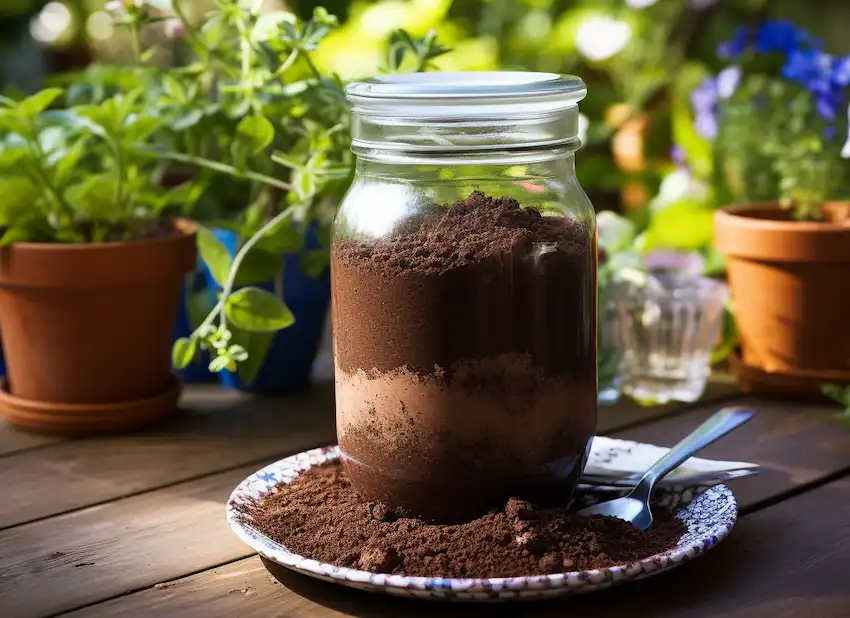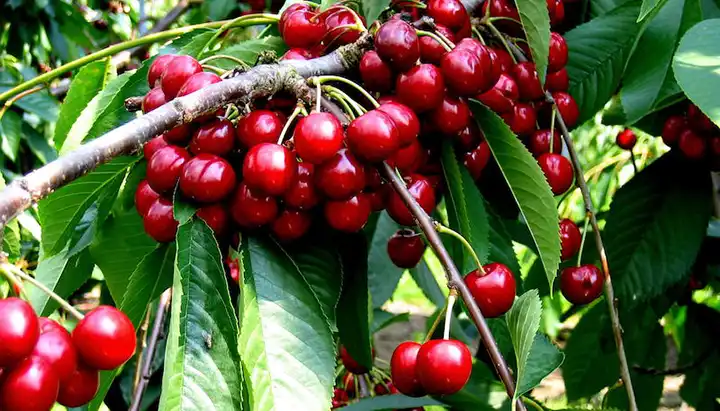Identify your soil type with the jar test
The “jar test” method is a simple and effective way to identify soil types and understand their composition. Analyzing the proportions of sand, silt, and clay in your soil can provide valuable insights into its texture, drainage, and fertility. To create an informative guide for different types of plants, let’s delve into the ideal percentages of each soil component for optimal growth.
The “jar test” method provides a straightforward approach to assess soil composition for optimal plant growth. Start by filling a clear glass halfway with a soil sample from your garden. Add water to fill the remaining half, leaving about an inch of space at the top. Securely attach the lid and vigorously shake the jar to break up any soil clumps. Allow the jar to rest undisturbed for 24 hours. During this time, the soil particles will settle into distinct layers—sand, silt, and clay. By examining the proportions of these layers, you can gauge your soil’s texture and composition. Referencing ideal percentages—around 40-60% sand, 20-40% silt, and 20-40% clay—offers insights into potential soil amendments or adjustments needed to create an optimal environment for growing vegetables, fruits, or trees.

Understanding Soil Texture Classes:
- Sand: Particles are the largest among the three soil types. Ideal percentage: 40-60%
- Silt: Intermediate-sized particles. Ideal percentage: 20-40%
- Clay: The smallest particles, with a tendency to hold nutrients but can hinder drainage. Ideal percentage: 20-40%
Soil Types and Recommended Percentages for Plant Growth:
Vegetables:
- Sandy Loam Soil: 40% sand, 40% silt, 20% clay. Provides good drainage while retaining sufficient moisture and nutrients.
- Clay Loam Soil: 30% sand, 30% silt, 40% clay. Offers good water retention but might need amendments for improved drainage.
- Silty Soil: 35% sand, 50% silt, 15% clay. Ensures good fertility and moisture retention but might compact easily.
Fruits:
- Sandy Soil: 50% sand, 30% silt, 20% clay. Allows adequate drainage, suitable for many fruit-bearing trees and plants.
- Loamy Soil: 40% sand, 40% silt, 20% clay. Balances drainage and water retention, beneficial for a wide range of fruit crops.
- Silty Clay Soil: 20% sand, 40% silt, 40% clay. Ensures good nutrient retention, vital for certain fruit trees.
Trees:

- Sandy Soil: 60% sand, 30% silt, 10% clay. Promotes excellent drainage for most trees but may require additional nutrients.
- Loamy Soil: 40% sand, 40% silt, 20% clay. Offers a balanced environment for tree roots, facilitating both water retention and drainage.
- Clayey Soil: 30% sand, 20% silt, 50% clay. Provides good moisture for tree growth but might need amendments for better aeration.
Improving Soil Quality:
- For Sandy Soil: Incorporate organic matter like compost to enhance nutrient retention and improve water-holding capacity.
- For Clay Soil: Amend with materials such as sand and organic matter to enhance drainage and aeration.
- For Silt Soil: Mixing in organic matter can help increase soil structure and fertility.
The “jar test” serves as a preliminary tool to assess soil composition. However, achieving the “perfect” soil composition often involves a blend tailored to specific plant needs and environmental conditions. Regular soil testing and amendments based on plant response can further refine the soil for optimal growth.
Remember, local climate, plant species, and other factors play crucial roles in determining the ideal soil composition. Experimentation and observation are key to fine-tuning soil for successful gardening or farming endeavors.



















